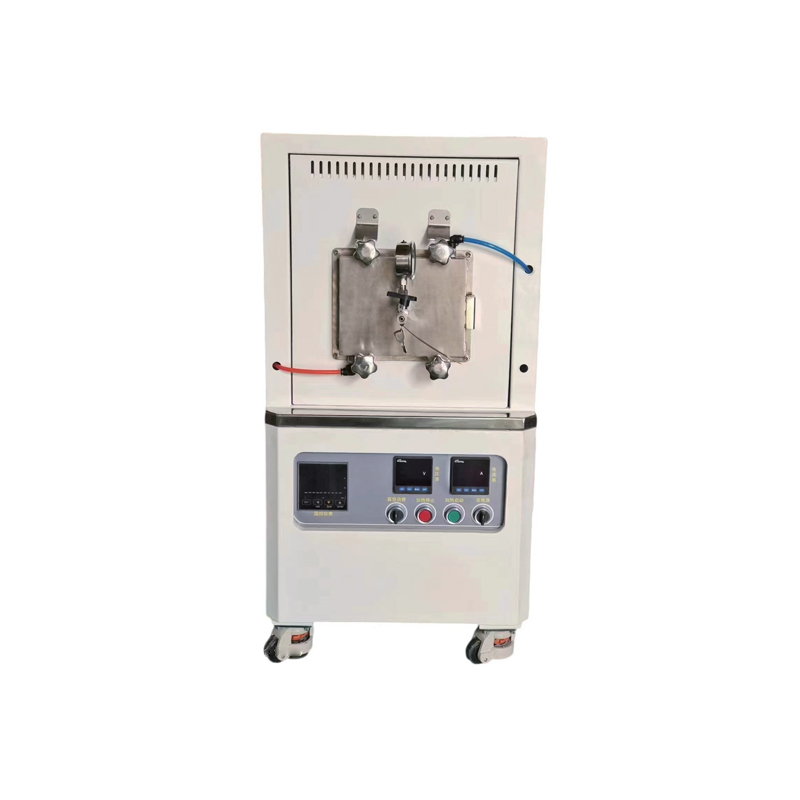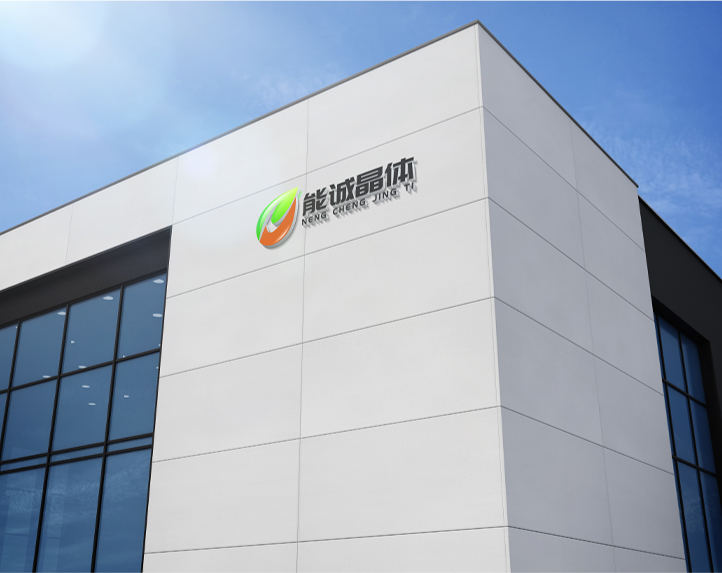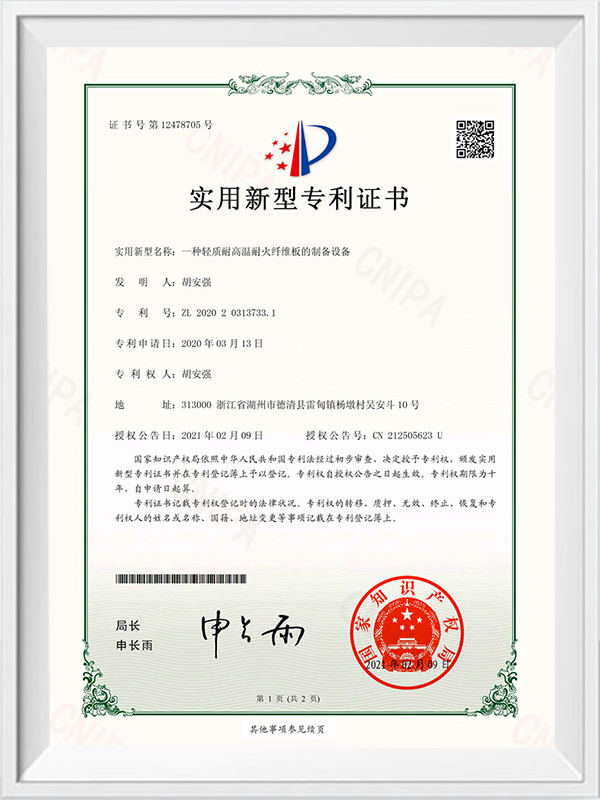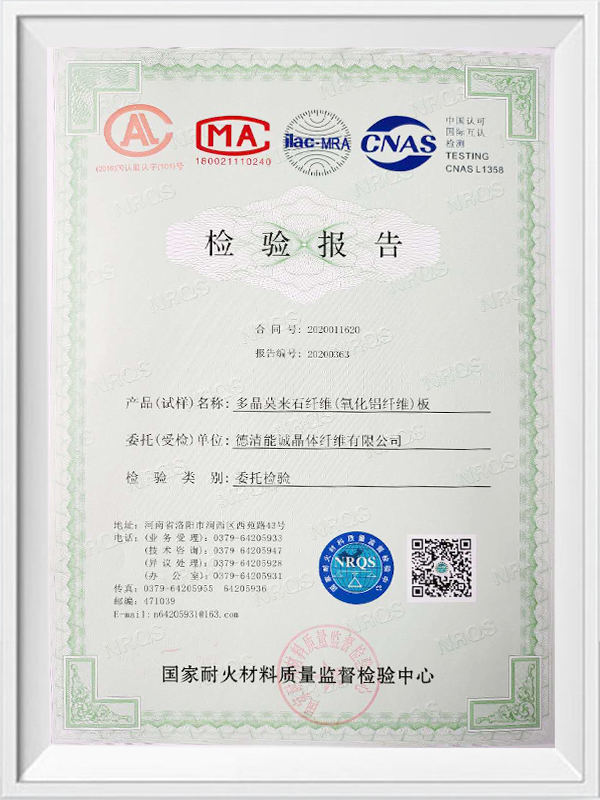
1200°C Atmosphere Box Furnace
This is an atmospheric box furnace capable of reaching a maximum temperature of 1200°C. It can heat treat samples in either vacuum or protective atmospheres. It features a double-shell structure with an air cooling system. The furnace chamber is constructed from high-purity polycrystalline alumina fiber to minimize energy loss. The inner chamber is coated with a high-temperature alumina coating, which improves reflectivity and heating efficiency, extending the instrument's lifespan. Three-sided heating ensures a uniform temperature field and includes over-temperature protection and burnout protection. The furnace door is milled flat and features an internal silicone seal for strong sealing and easy opening and closing. Vacuum and gas line ports are included for use with vacuum and gas mixing systems. Inert gases can be passed through, but toxic and hazardous gases are prohibited.
Product Parameters:
· Maximum Operating Temperature: 1200°C (<0.5h)
· Continuous Operating Temperature: ≤1100°C
· Recommended Heating Rate: ≤10°C/min
· Heating Element: Iron-chromium-aluminum alloy wire
· Thermocouple: Type K
· Temperature Control Accuracy: ±1°C
· Temperature Control Method: Includes an intelligent temperature controller with PID control and auto-tuning, intelligent 30-50 programmable control, and over-temperature and burnout alarms.
· Certifications and Core Components: ISO9001 and CE certifications.
· Core components include Chint and Schneider electrical components, UL-certified wire and cable, and Japanese, Yuden, and Eurotherm instruments. Vacuum level can reach -0.1mPa.
| Product Model | Power | Heating zone space | Voltage | Heating zone size (mm) | Dimensions |
| QFL1200-12L | 4KW | 12L | 220V | W200mm*H200mm*D300mm | 650mm*770mm*890mm |
| QFL1200-36L | 9KW | 36L | 380V | W300mm*H300mm*D400mm | / |


-
Overview: scope and practical intent This article explains the practical factors that determine the energy efficiency of Industrial heating elements operating continuously. It focuses on measurable variables (watt density, sheath material, thermal coupling), control and system integration, common sources of energy loss, and maintenance or design choices that improve long-run efficiency for furnaces, ovens, dryers, immersion heaters and inline process heaters. Element type, geometry and surface l...





 English
English Español
Español عربى
عربى



